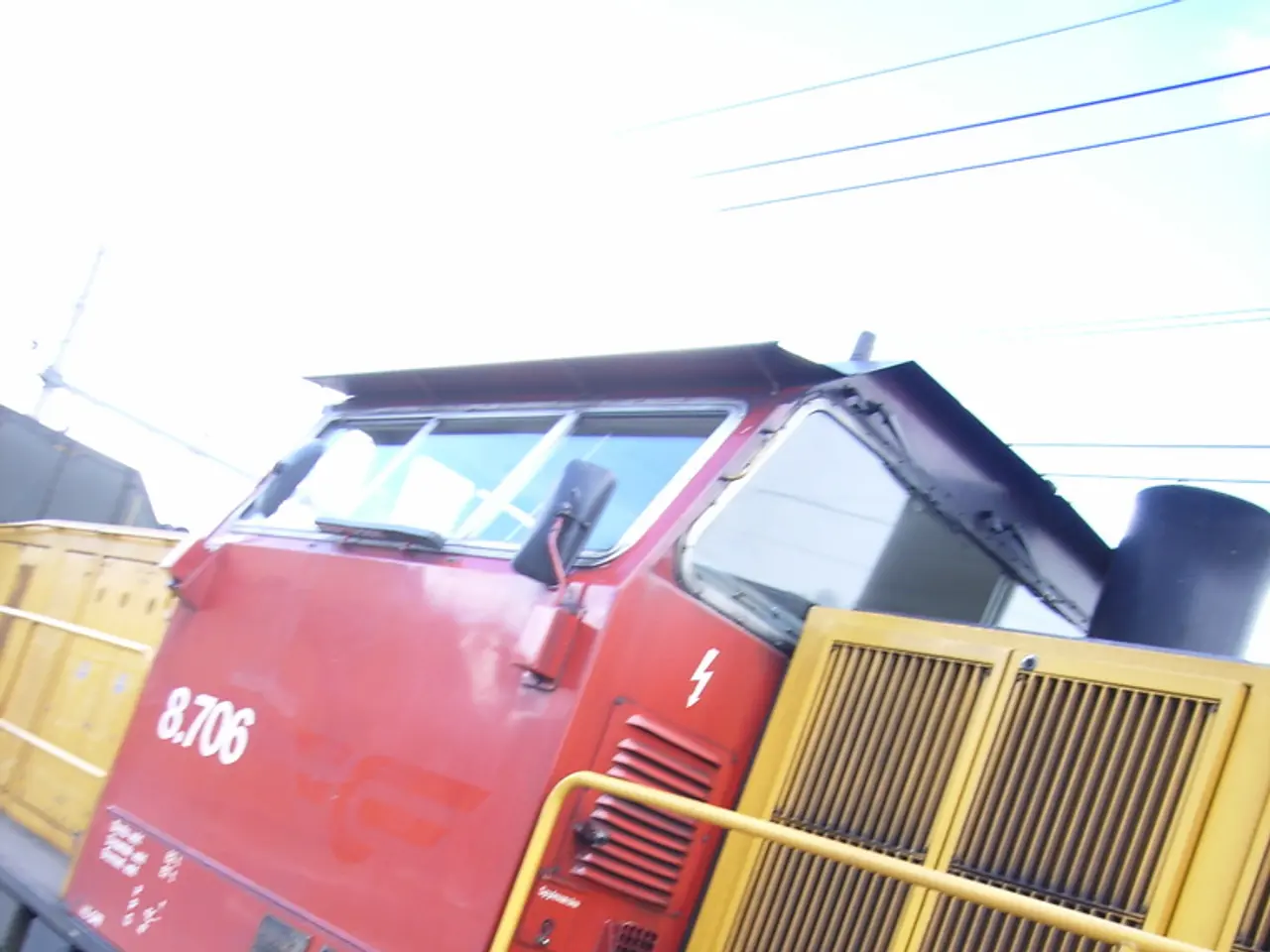High-Speed Rail Evolving into the Promised Hyperloop Forms
The world of transportation is on the brink of a revolution, with the Hyperloop concept promising to redefine speed and efficiency. This futuristic mode of travel, first proposed by Elon Musk in a 2013 white paper, has been making significant strides in recent years.
The industrial age was propelled forward by railroads, and it seems the Hyperloop could follow a similar trajectory. The Hyperloop concept aims to remove air resistance, allowing for speeds of 1000 km/h, making it a potential game-changer for long-distance travel.
One of the key challenges in implementing the Hyperloop is the creation and handling of the required air vacuum. To counter this, innovative solutions have been employed. For instance, the use of basalt-fiber concretes and glass-fiber reinforcements, combined with pre-vacuum curing, ensures the tubes remain airtight under harsh conditions.
The initial design of the Hyperloop also envisions a series of solar panels accompanying the tube, providing its energy and making it "self-powering". The inside of the tube uses low-carbon steel grids that reduce eddy currents, a common issue in existing maglev designs, particularly when speeds surpass 1,000 km/h.
Chinese engineers have been quick to address the technical issues with the initial design concepts. They have proposed using an AI-guided suspension system and laser-guided sensors to counter vibrations. Another fix is changing the material used for the vacuum tube, with a steel-concrete tube design sealed with epoxy-coated rebar and corrugated steel expansion joints.
The Hyperloop project's ultimate goal is to create tube systems with nearly vacuum pressure in which special pods can travel extremely fast. The first real test facility, a 2.7 km tunnel in Las Vegas operated by the Boring Company, has already been established. Larger test runs and tunnel building at higher speeds are planned, although no exact date for a first full Hyperloop test ride has been announced yet.
While the Hyperloop's potential for passenger travel is exciting, it's the freight transport applications that could have the most immediate impact. The company HyperloopTT, for instance, is more focused on freight transport, with a recent feasibility study for a 549 km (341 miles) route connecting the Brazilian Port of Santos to São Paulo. This two-way system would transport 5,600 TEUs per day at 600 km/h (370 mph), reducing transit times from hours or days to mere minutes.
Every industrial economy relies on trains to sustain its manufacturing beyond coastal regions. The Hyperloop, with its promise of high-speed transport, could significantly boost productivity, especially for the movement of raw materials and bulk industrial products. The Hyperloop could potentially be boarded and used like a train more than a plane, despite comparable speed, making it a more practical solution for many transport needs.
The industrial age was built on the back of railroads, and it seems the Hyperloop could follow a similar path, revolutionising transportation as we know it. As progress continues, we can expect to see more tests, innovations, and potentially, the implementation of this groundbreaking technology.
Read also:
- Peptide YY (PYY): Exploring its Role in Appetite Suppression, Intestinal Health, and Cognitive Links
- Toddler Health: Rotavirus Signs, Origins, and Potential Complications
- Digestive issues and heart discomfort: Root causes and associated health conditions
- House Infernos: Deadly Hazards Surpassing the Flames








